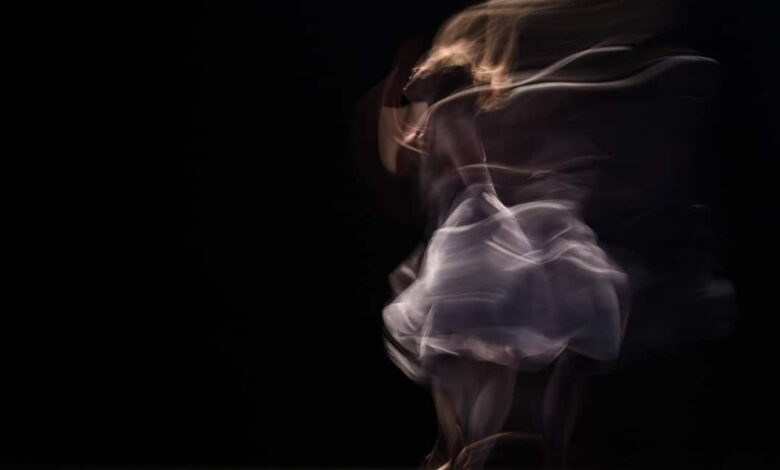How you can dance your way to fitness

Not everyone enjoys exercising. Many people find gyms uncomfortably macho, and the added sweat, bad odours and issues of hygiene are also reasons that people cite for not using them. Running and other outdoor activities are always an option but there are very valid safety concerns there as well: harassment by motorists, poor lighting, bad roads and the high levels of noise and air pollution in our cities. Yoga has grown massively in popularity, but a good number of people find it rather too slow for their liking.
But despite these stumbling blocks, what remains true is that one needs to get their exercise, and people today know this well, thanks to increased awareness and a relentless marketing campaign by wellness brands focusing on health and wellbeing. Fortunately, then, for people who don’t like running, yoga or gyms, one of the most fun and enjoyable options is dancing.
SIMILAR STORIES
“Dance is an incredibly enjoyable activity that stands out from other fitness formats. When we combine simple yet engaging movements with great music, the experience becomes not only entertaining but also immensely rewarding in terms of health benefits,” says Shwetambari Shetty, a fitness expert at Cult.fit. Given the sharp rise in obesity in India, dancing as a form of exercise could be very useful in weight loss.
After all, it is a very effective aerobic activity that improves our cardiovascular fitness, says Pooja Sharma, a Bengaluru-based dancer and choreographer who is training for a personal trainer certification. “Dancing also benefits us in numerous ways depending on the intensity and dance style,” she adds.
While dancing can be excellent exercise, some dance forms are more popular than others. In India, Bollywood, salsa and Zumba, as well as belly dancing is becoming more popular by the day. Shetty and Sharma both believe that the benefits of dancing go well beyond improving your overall health.
“Dancing improves balance and coordination, enhancing physical control and agility. It is also a proven mood enhancer, offering relief for individuals dealing with anxiety and depression. Moreover, dancing promotes improved mobility and flexibility, allowing for greater freedom of movement,” says Shetty.
One of the biggest advantages of using dance as a fitness activity is the freedom and flexibility of it. And no matter one’s age, everyone can dance. “I keep telling people ‘age is no bar’ when they say, ‘I’m too old for this.’Whether you are a beginner or an experienced dancer, dance is for all,” notes Sharma.
If you intend to make dancing your primary fitness activity, it is important to add variety to get the best results, advises Sharma, who highly recommends belly dancing. “It not only helps you focus on strengthening your core muscles but also boosts your confidence and puts you in touch with your feminine energy,” she says.
Shetty says that dancing workouts should be supplemented with strength training, just as runners, cyclists and swimmers do, alongside their primary training. “Strength training is crucial to develop the muscular foundation that is needed to excel and enjoy dancing for years to come. To ensure that your body can support and endure the demands of dancing over time, it is essential to focus on building and strengthening your muscles through weight training or resistance training. It allows us to perform dance movements efficiently and also reduces risk of injury,” says Shetty.
Shrenik Avlani is a writer and editor and the co-author of The Shivfit Way, a book on functional fitness.


